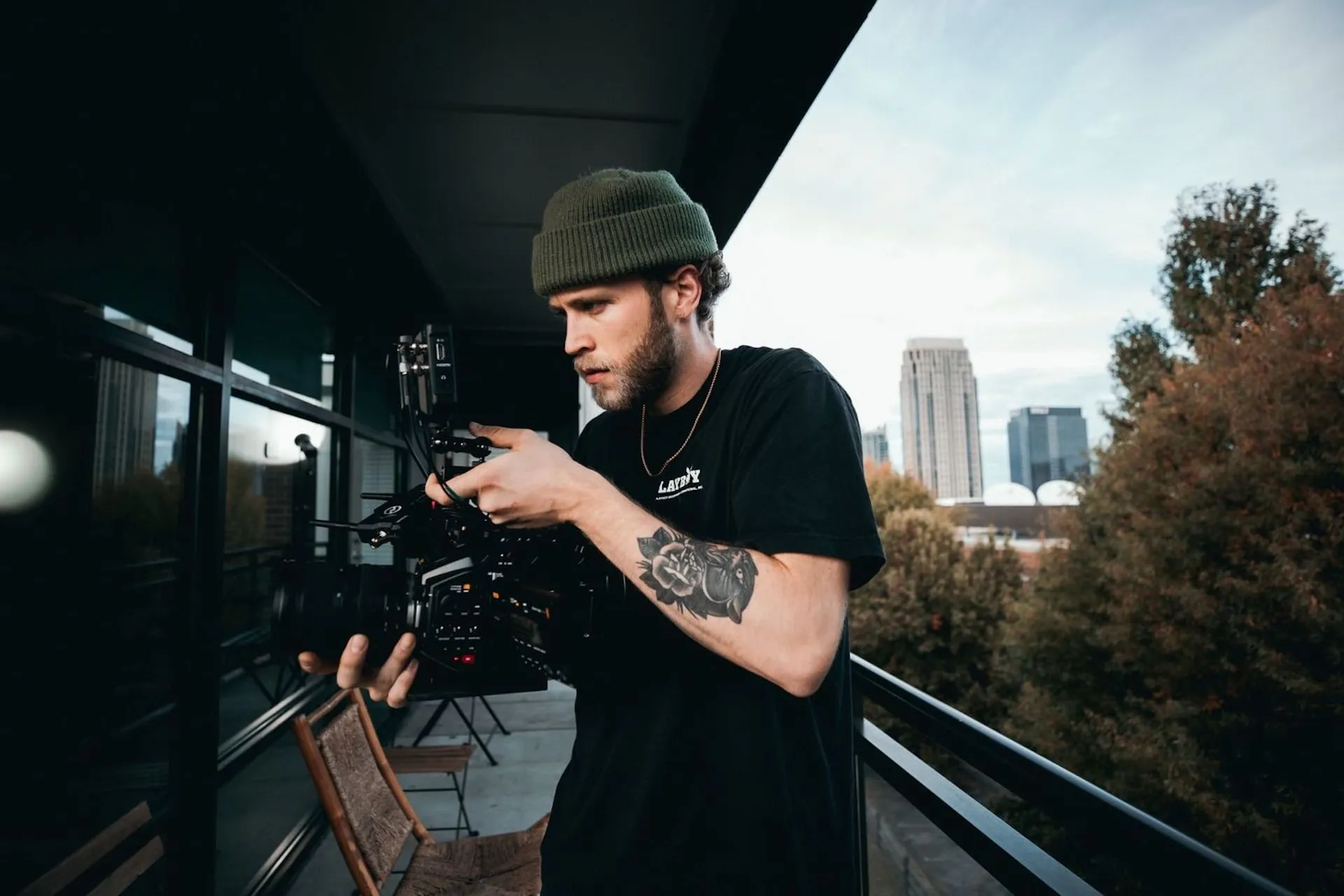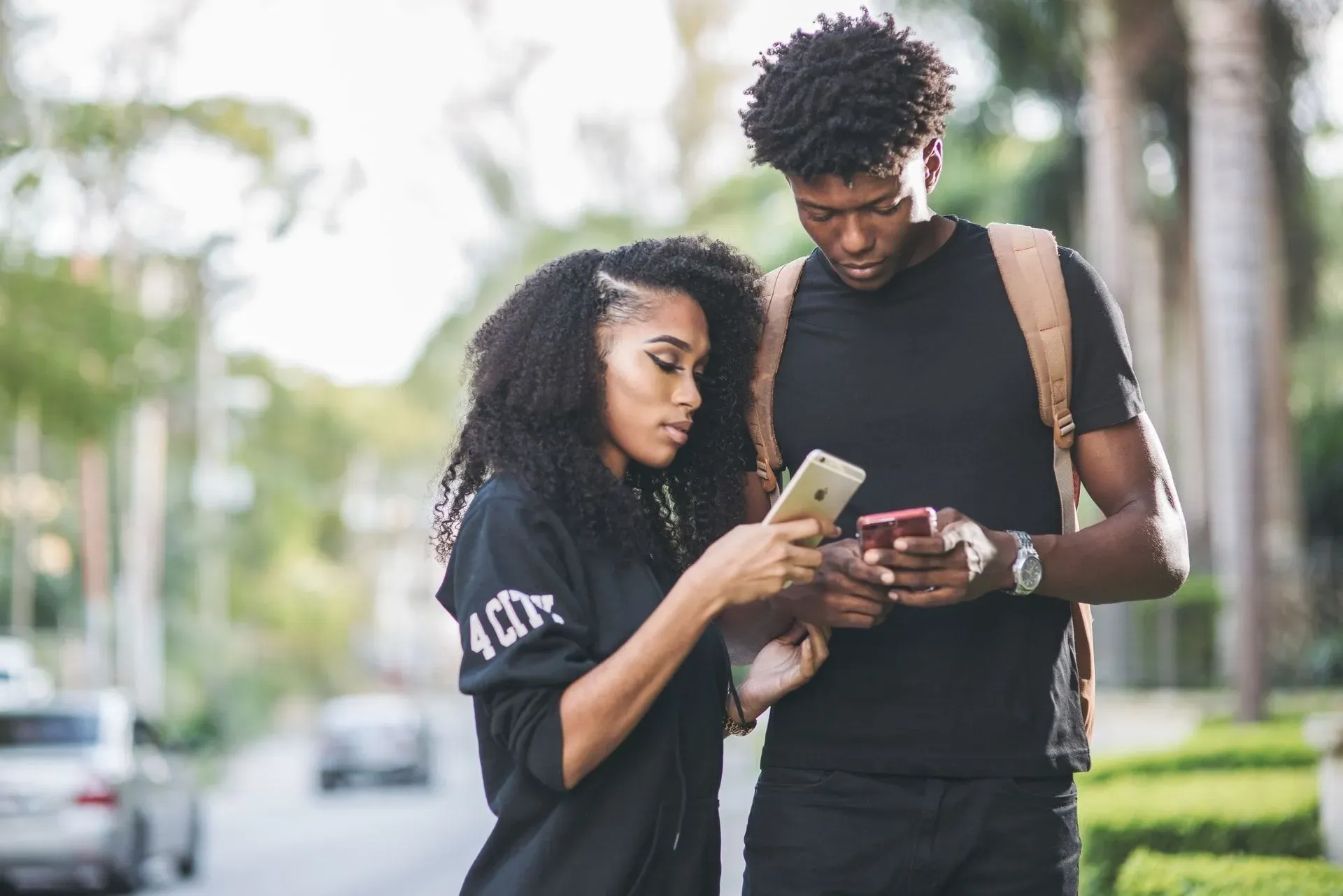How to monetize Facebook in 2025
Want to make money on Facebook in 2025? Learn about eligibility, payouts per 1,000 views, and more.

Facebook is one of the oldest social media channels, but it’s still a great place to make money. Today, you’ll learn how Facebook monetization works in 2025.
We’ll cover:
- Why should you monetize Facebook content in 2025?
- First things first: Create a solid, quality-driven Facebook page
- Facebook monetization requirements for 2025
- The Facebook monetization setup process
- Which countries are eligible for Facebook monetization in 2025?
- Facebook monetization policy issues
- How many followers and views do you need to get paid on Facebook?
- What does Facebook pay per 1,000 views?
- How to monetize Facebook Reels
- Try more Facebook monetization tools
Why should you monetize Facebook content in 2025?
We’re sure you’ve seen tons of content detailing how to make money on Twitch, TikTok, Instagram, X/Twitter, YouTube, and more, but don’t forget Facebook. You can still monetize content on the Zuck’s debut social media platform, and it’s not to be sniffed at.
Whether you’re working as a freelancer or part of a wider creative team, there’s value for both you and your audience. After all, Facebook racks up more than eight billion video views per day, so the audience is there!

Unlocking Facebook monetization’s full suite can be harder than with other social media platforms. This makes it more of a goal to aim for, rather than something you can start right away.
First things first: Create a solid, quality-driven Facebook page
We’ll describe the Facebook monetization requirements in a minute, but before we get into that, you’ll need to create a Business page. This requires an existing Personal account, which acts as an admin. The link between the two won’t be visible to your audience, so your wild vacation photos are safe.
Once your Business page is up and running, it’s time to populate it with content. Think about your target audience, content calendar, brand voice and image, and more. Need some inspiration? Dig into our article on how to get more Facebook followers.
It’s worth looking to your other social media channels for followers, too. Do you have an engaged, passionate following across several platforms, or is there one that stands out in particular?

It’s worth checking out the buzz and engagement on your Instagram, given it’s owned by the same parent company as Facebook, Meta. This means some of your followers might have linked their Facebook and Insta accounts, making it a little easier to get them on board.
If you can convince your fans not to just follow your different social media pages, but interact with them, you’ll be well on the right track. We’ve put together a few handy guides in this area, including tips on how to get your first 1,000 followers on Instagram, and ten tips to get more subscribers on YouTube.
Facebook monetization requirements for 2025
Ready to go? Let’s run through the Facebook monetization criteria, step by step.
Facebook monetization eligibility: The numbers
So, how many followers do you need to enable Facebook monetization? Technically, you don’t need any, but you’ll have to bump those numbers up to access the tools.
The lowest follower requirement comes with Facebook Stars, for which you need 500. We’ll explain other features like in-stream ads in a few moments, but as a starting point, 500 followers is the aim.

On top of that, your page needs to be at least 90 days old — this tells Facebook that you have an established presence. That aside, you must be at least 18 years old. You’ll also need to live in an eligible country, and follow the platform’s Community Standards, Partner Monetization Policies, and Content Monetization Policies.
Community Standards & Community Guidelines
These guidelines cover the basics of what is and isn’t allowed on Facebook and Instagram. They touch on everything from data privacy to copyright infringement, restricted goods and services to spam and misinformation.
Brush up on Facebook’s Community Standards here, then hop over to Instagram’s Community Guidelines. Even if you’re only creating content for one platform, you’re still required to follow these rules.
Partner Monetization Policies
Monetizing content across any Meta platform, including Facebook and Instagram, means that you’re bound to follow the Partner Monetization Policies. These include payment terms, ensuring that your content is original, and more.
Read about Facebook’s Partner Monetization policies here, and Instagram’s here. As with the Community Standards & Community Guidelines, it’s best not to break the rules on either platform.

Content Monetization Policies
These policies cover similar ground to the Partner Monetization Policies, but zone in on specific pieces of content. The key points include restrictions on clickbait, soliciting engagement, and misleading medical information.
Read Facebook’s Content Monetization Policies here, and Instagram’s here.

The Facebook monetization setup process
Once you’ve checked all of the boxes, you can kick off the Facebook monetization process in a few steps. Here’s what it looks like:
- Head to the Meta Business Suite and log in, either on desktop or mobile. This used to be called Facebook Creator Studio, and it’s where you upload content and monitor performance. Creator Studio doubles up as an Instagram tool, so you might be familiar with it if you’re already monetizing Insta content.
- Head to the column on the right-hand side and click ‘Monetization’. From there, you can check out the ‘Overview’ section, which will tell you what kind of monetization you’re eligible for.
- Make sure your details are correct, then click ‘Set up Monetization.’ You’ll then receive a confirmation email from Facebook for Creators.

Which countries are eligible for Facebook monetization in 2025?
While Facebook monetization is widely available, it’s not rolled out everywhere yet. For example, Facebook monetization in Kenya, Nigeria, the UK, the US, Sweden, France — no problem. If you’re a creator from Nepal, Pakistan, or Zimbabwe, you won’t be able to monetize content.
Click here for a full list of eligible countries. Bear in mind that Facebook monetization eligibility also depends on the language spoken within the content, and may not be available for multiple-language videos.
Facebook monetization policy issues
If you’ve accidentally violated a Facebook monetization policy, chill out — you should be able to fix it.
Facebook will send you a notification, which will outline the issue. If you miss the alert, you can find the details in Meta Business Suite. Click the ‘Monetization’ option, select ‘Policy issues’, then ‘Recent violations’. Your issue should display here, and you can take action to resolve it.
Want to crank your content up a notch? You’ll need a pro soundtrack. Luckily, we’ve got more than 50,000 tracks and 200,000 unique sound effects and variations to choose from. Check out our catalog below, and keep reading for a rundown of the core Facebook monetization options.

How many followers and views do you need to get paid on Facebook?
So, we’ve learned how to activate monetization on Facebook. Here are the different tools available, the Facebook monetization requirements you need to hit, and more.
In-stream ads
To secure pre-, mid-, and post-roll Facebook ads for your on-demand and live video content, you need to:
- Follow the Facebook monetization requirements mentioned earlier
- Have at least five active videos, all more than a minute in length
- Have at least 600,000 minutes of views in the last 60 days
- Have at least 10,000 followers
It’s worth noting that Facebook monetization is going through a transitional period. Those currently monetizing with in-stream ads can still do so, but fresh applications have closed. This is because Meta is introducing a broader Facebook Content Monetization tool in 2025, which will include in-stream ads, reels, and the Performance Bonus program.
Part of the new Facebook Content Monetization rules may even make it easier for everyday creators to earn money. For example, the platform introduced a beta monetization tool called ProMode in late 2024, which allows micro-influencers to earn money with in-stream ads. If this rolls out further, it means that users with regular family-and-friends accounts — not just Business pages — can enjoy monetization.

Subscriptions
If you have a dedicated squad of followers, it’s worth investing in a subscription model. This means that they pay a monthly fee to receive exclusive content — it’s a lovely way for people to support the creators and brands they care about.
If they subscribe via desktop, you’ll receive 100% of the subscription fee, minus any taxes. If they sign up via Android or iOS, you’ll bag 70%, as the rest goes to the mobile provider. To get in on the action, you need to:
- Follow the Facebook monetization requirements mentioned earlier
- Follow and agree to Facebook’s Fan Subscription Creator Terms
- Have at least 10,000 followers, or more than 250 return viewers
- Have either 50,000 post engagements or 180,000 minutes watched in the last 60 days
Brand Collabs Manager
If you partner with a brand that chimes with your values, it’ll lend your content a level of authenticity. To get paid for working with brands, you’ll need to access the Meta Brand Collabs Manager. This requires you to:
- Follow the Facebook monetization requirements mentioned earlier
- Have at least 1,000 followers
- Have at least one of the following in the last 60 days: 15,000 post engagements, 180,000 minutes viewed, or 30,000 one-minute views of three-minute videos

Once you hit these requirements, you can access the Brand Collabs Manager. Here, brands search for creators they feel are best suited to their campaigns.
At the time of writing, new applications for the Meta Brand Collabs Manager are paused. Hopefully they’ll open up again in the future.
Facebook Stars
Facebook Stars are cute. They’re bite-sized, digital tokens that viewers buy to show their appreciation. They can be sent for on-demand, live, reel, photo, gaming, and text-based content.
For every Star you receive, Facebook gives you $0.01. That doesn’t sound like a lot, but if you have an established fanbase, the dollars start counting themselves.
Activating Facebook Stars requires you to:
- Follow the Facebook monetization requirements mentioned earlier
- Maintain a follower count of more than 500 for at least 30 consecutive days

What does Facebook pay per 1,000 views?
Facebook monetization won’t make you millions overnight, but that doesn’t mean it’s not worth doing. While there’s no set number, users have reported earnings between $0.01 to $0.03 per ad-supported video view — this averages at $20 per 1,000 views.
You can roughly work out how much Facebook pays per 1,000 views with the below equation:
(Ad CPM x ad views)/1,000 = Your earnings
Ad CPM means ‘cost per mille.’ This is the price paid for 1,000 impressions on a Facebook ad, depending on what kind of content you create, your target audience, and so on.
For example, if an in-stream ad’s CPM was $4 and your video received 10,000 views, it would net you $40. That’s not a life-changing sum, but people make good money on Facebook by building up a bank of these kinds of videos.
How to monetize Facebook Reels
Reels monetization used to be invite-only, but now it’s available to anyone who qualifies for in-stream ad monetization.
There are two types of ads on Facebook Reels: banner ads and sticker ads. The former appears semi-transparent at the bottom of a reel, while the latter is a static image which can be placed anywhere within the reel.
How to monetize Facebook Stories
Since March 2025, Facebook Stories are monetizable. As long as you’re already eligible for monetization, you’re good to do so with Stories. This fresh revenue stream encourages users to share existing reels on their Stories, as well as original Story content. Payouts are based on how well the content performs.

Try more Facebook monetization tools
Still looking for more Facebook monetization options? You’ve come to the right place.
Performance Bonus program
The Facebook Performance Bonus is an invite-only perk, usually offered to viral or high-performing creators who’re already monetizing content. The program dishes out extra payments based on engagement, offers one-time payouts for bespoke content, and gives participants a chance to double-dip on eligible Instagram earnings.
Level Up program
If you create Facebook gaming content, consider the Level Up program. As long as you have the below, you’re good to go:
- A Gaming Video Creator Page
- Streamed gaming content — with the game tagged — for more than four hours across two of the past fourteen days
- More than 100 followers
This unlocks Stars, chatbots, in-stream ads, limited subscriptions, and more for your gaming content.
Affiliate marketing
Affiliate marketing is a referral process in which an online merchant or advertiser shares a tracking link with an external partner, also known as an affiliate. The affiliate shares the link with potential customers, and once an action is completed — usually a purchase — via the link, the affiliate receives a commission.
To sweeten the deal for the customer, affiliate links often provide a discount. Low-level deals offer the affiliate around 5% per action, but high-end, luxury programs and agreements can be as chunky as 50%.
Promote and sell products, services, and merch
Selling products and services, both physical and digital, is a neat way to make money on Facebook. But we know how it goes — it’s difficult to balance genuine content with the hard sell, right? If you can complement your economic drive with your creative spark, there’s no reason you can’t create entertaining content that promotes your product at the same time.

Connect your chosen ecommerce platform to Facebook, which will grant access to Facebook Shops. This allows users to browse your store seamlessly, without ever leaving the platform.
Hook them with product demos, comparison videos, tutorials, unboxing videos, customer testimonials — don’t hold back. As long as it doesn’t feel out of character, explore this option and monetize Facebook by turning it into your own storefront.
Facebook monetization can be a struggle, but if you have an engaged, growing viewership across multiple platforms, it’s worth the hard work.
If we’re talking hard work, there’s something else that’s worth the investment: music. After all, the soundtrack can make or break your content — why let one needle-drop derail your project? Epidemic Sound’s got you covered.
Our catalog is high-quality, affordable, and safe. An Epidemic Sound subscription goes beyond royalty-free music, removing the headache of licensing and freeing you up to do what you do best. You can enjoy the safety of our license hand-in-hand with our massive catalog of 50,000 tracks, covering just about every genre you can think of. You’ll also gain unlimited access to our advanced search functions — finding the right sound’s never been easier.
It’s better than royalty-free. It’s worry-free. Get started with Epidemic Sound below.

Related posts:

